What Is Folliculitis?
Folliculitis is the name given to a skin condition that happens when the hair follicles get inflamed. It starts as small, red bumps at the bottom of a hair follicle, and these bumps can turn into white-headed pimples. The infection can spread and turn into crusty sores and the skin can feel very itchy and sore. Sometimes infection of the hair follicle will cause a large swollen bump or mass. These bumps are called boils or if there is a cluster it is called a carbuncle. They are usually quite painful as the infection builds up and puts pressure on the nerve endings.
Folliculitis can be superficial, involving only part of the hair follicle, or deep, where the infection is more severe and involves the entire follicle. If the skin infection is deeper under the skin, a person may feel feverish or unwell. Folliculitis can happen anywhere on the body with hair follicles (there are no follicles on the palms, soles of the feet, lips or mucous membranes).
Different Types Of Folliculitis And What Causes Them
There are several different types of folliculitis depending on the type of bacteria, virus or fungus that causes the infection. Sometimes it can be caused by irritation from chemicals or some skin conditions. ‘Hot tub rash’ or ‘spa rash’ is usually caused by Pseudomonas bacteria found in spa pools and heated swimming pools where chlorine and pH levels aren’t well regulated. The red, round itchy bumps pop up one to two days after exposure to the bacteria.
‘Razor bumps’ and ‘barber’s itch’ are frequently caused by shaving causing skin irritation and ingrown hairs along with infection with Staphylococcus aureus bacteria. Staphylococcus bacteria lives on the skin all the time but can cause problems if it gets into the body through a cut or wound. Men with curly hair that shave too close to the skin often suffer from this type of folliculitis on the face and neck.






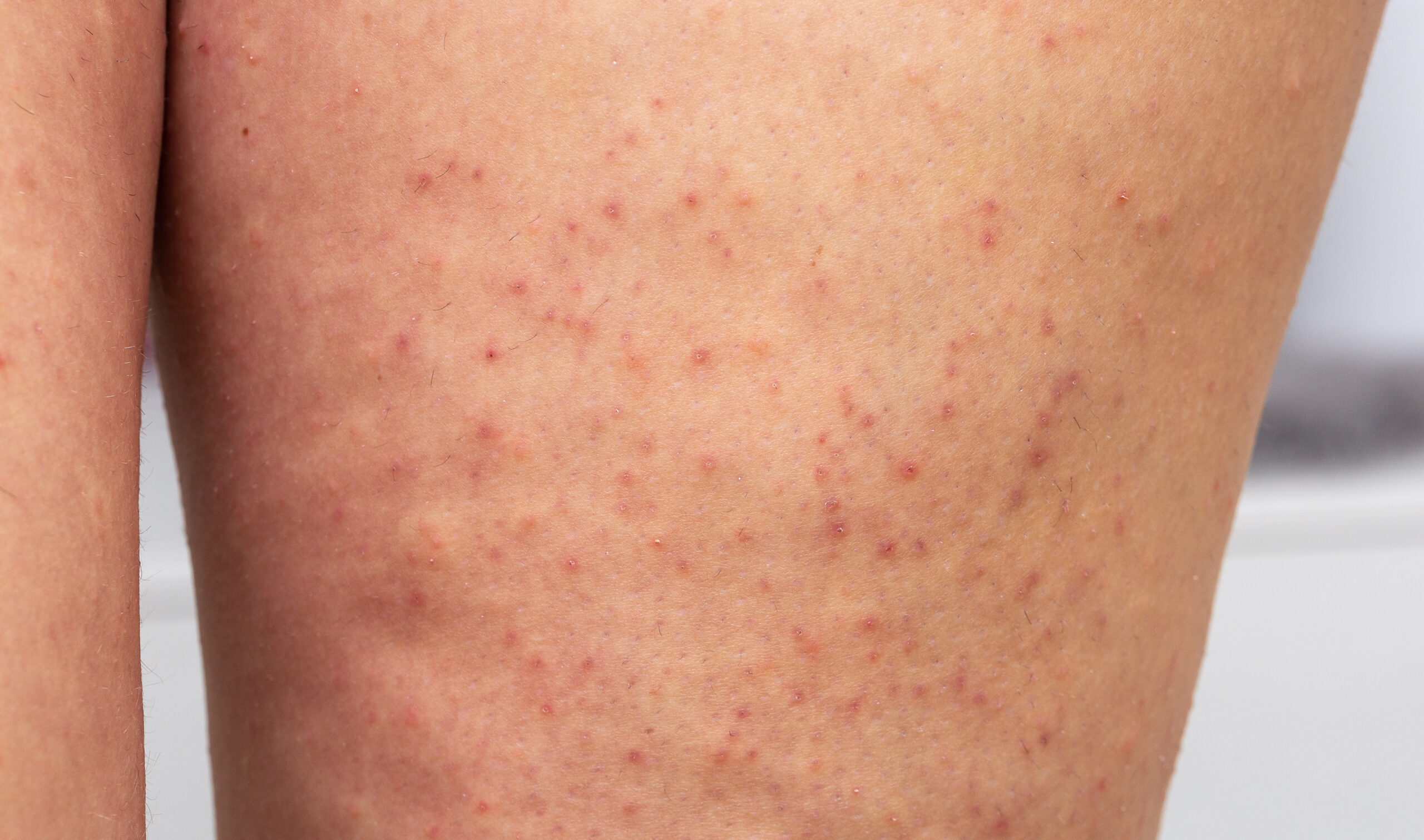


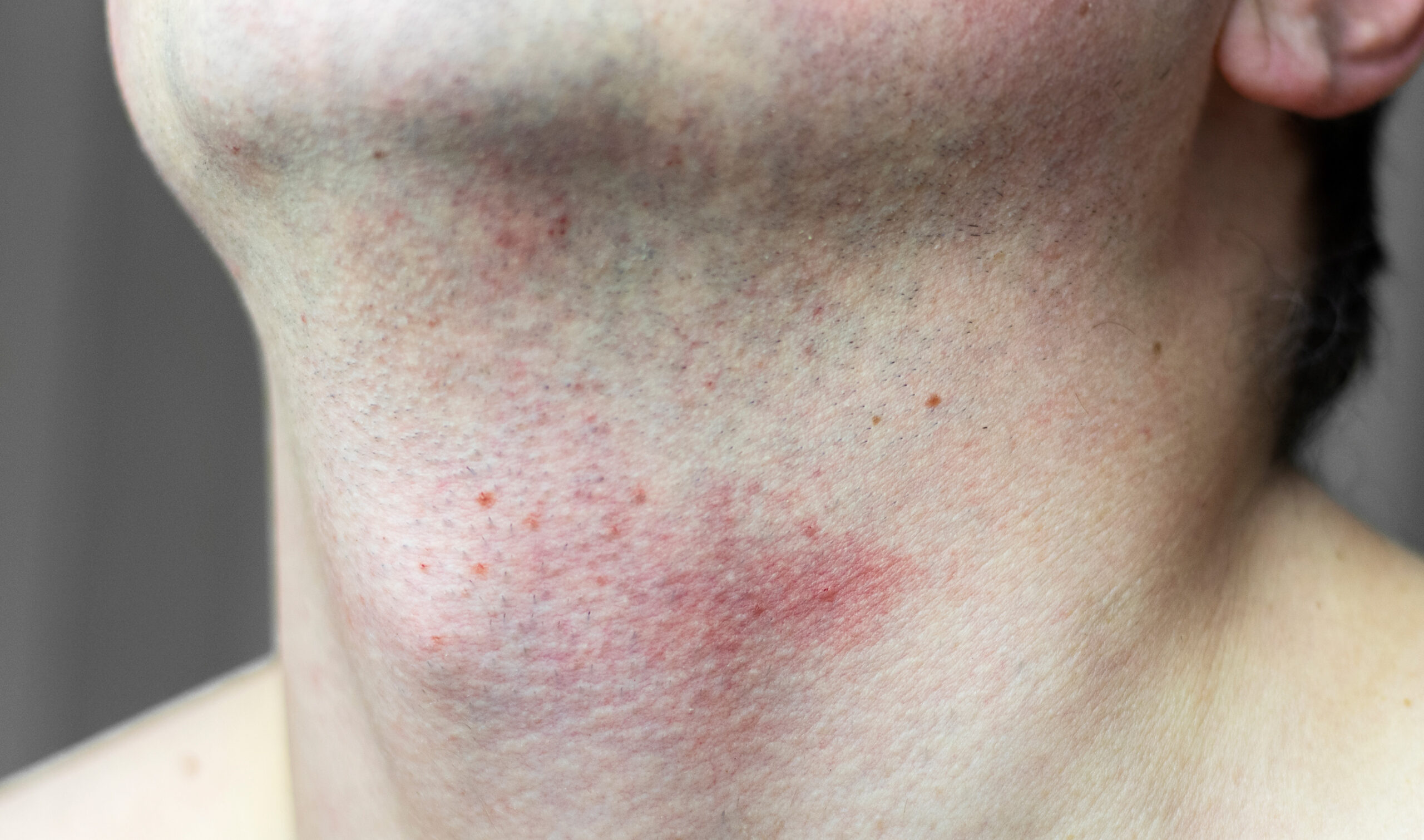
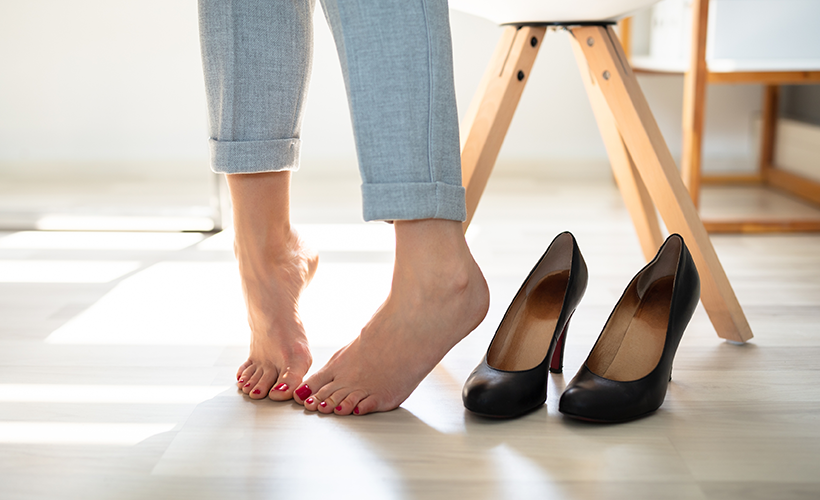

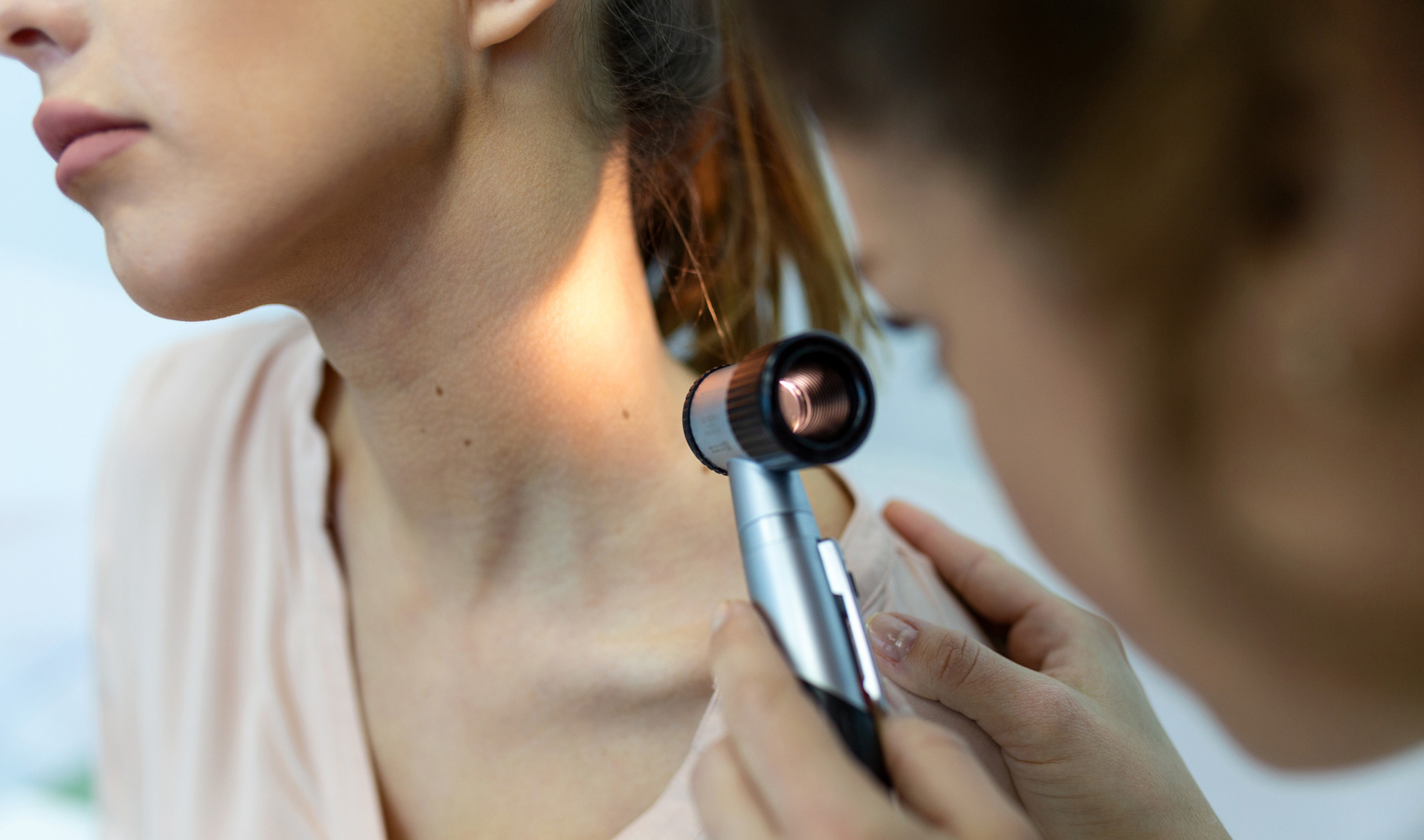
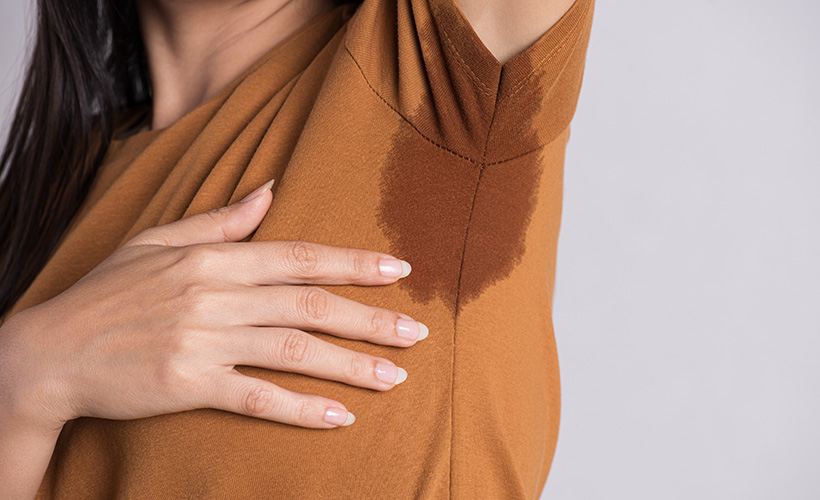






Community